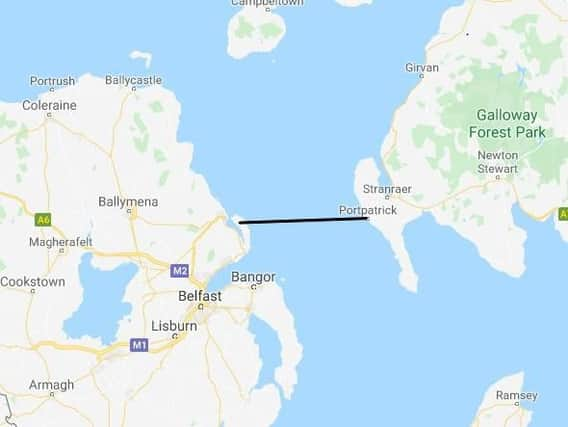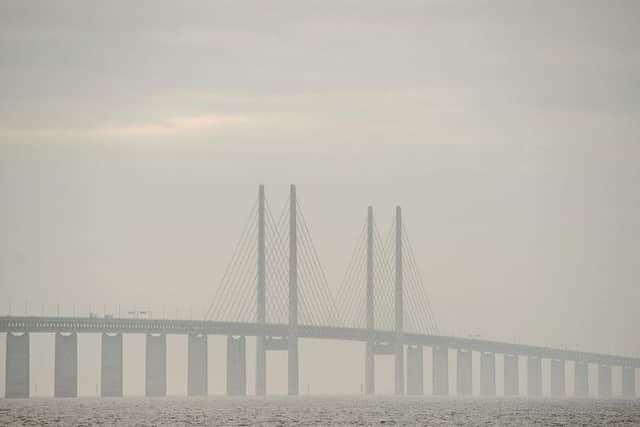Beaufort's Dyke: the weapons dump between Scotland and Northern Ireland - and why it could scupper the 'Boris Bridge'


Government officials yesterday revealed that the bridge, long floated by Boris Johnson, was under consideration.
A number 10 spokesperson said: "The prime minister has said it would have some merit - as a result you would expect government to be looking into it.
"Work is under way by a range of government officials."


Advertisement
Hide AdAdvertisement
Hide AdOne critic described the infrastructure project as "pie-in-the-sky", while Nicola Strugeon suggested that £20bn, described by some experts as "a conservative estimate" price for the bridge would be better spent on "more important priorities".
Concerns over the potential dangers of constructing a bridge over Beaufort's Dyke, a sea trench between Scotland and Northern Ireland have regularly been raised by critics and experts.
One million tonnes of weapons under the sea
One proposed route for the bridge would see it span from Larne on the east coast of County Antrim, Northern Ireland, to Portpatrick in Dumfries and Galloway.
Seven miles off the coast of Portpatrick is sea trench Beaufort's Dyke which holds a deadly secret.
The gash in the seabed is between 700-1000ft in depth and it's this, paired with its proximity to Cairnryan Military Port, which saw it utilised as a munitions dump after the Second World War.
It's estimated that in total there are one million tonnes of weapons discarded in the sea trench, including artillery weapons containing phosgene, and two tons of metal drums filled with radioactive waste which was dumped there during the 1950s.
In the past the the war debris has been described as "unstable", with former Royal Navy diver Michael Fellows explaining to the BBC in 2004 that there are "sporadic explosions two or three times a month" in the Irish Sea.
Remnants of weapons have washed up on the coast of Scotland in the years since dumping began. In 1995 a four-year-old received burns when he picked up a weapon containing phosphorous that washed up near Campbeltown.
Advertisement
Hide AdAdvertisement
Hide AdPrime Minister: 'the problem is not Beaufort's Dyke, but an absence of political will'
Writing for the Sunday Times in November, James Duncan, a retired offshore engineer described the so-called Celtic Crossing as "about as feasible as building a bridge to the moon."
Prime Minister Johnson, however, has long rejected this criticism and has dismissed concerns relating to Beaufort's Dyke.
In 2018 he said: "The problem is not the undersea Beaufort's Dyke or lack of funds. The problem is an absence of political will."
Engineers are understood to have come up with the idea of a bridge-tunnel split as a way of dealing with the munitions dump.
Under one version of Mr Johnson’s plan, the bridge would run from the Scottish coast over the trench, before becoming a tunnel for the final stretch to Northern Ireland.